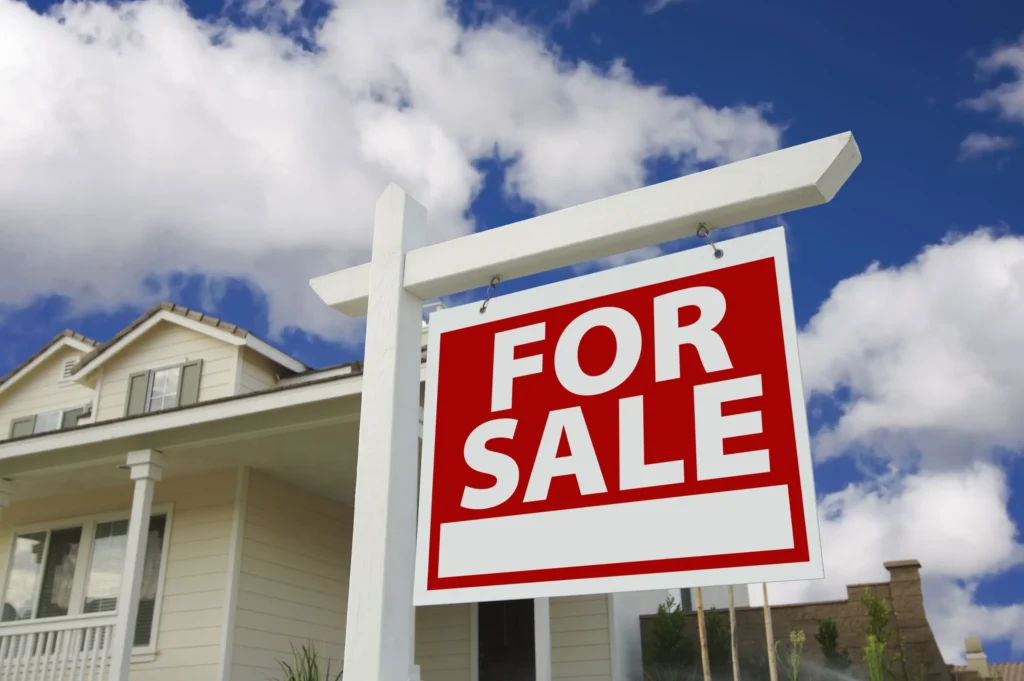Changing Demographics in the Palm Desert Real Estate Market: A Strategic Perspective
The Palm Desert real estate market is a dynamic landscape influenced by various factors, including shifting demographics. As the population evolves, so do the demands and preferences of homebuyers and investors. In this article, we explore the impact of changing demographics on the Palm Desert housing market and provide insights for real estate professionals and potential buyers. 1. The Current State of the Palm Desert Housing Market. a. Price Trends: In December 2023, Palm Desert home prices experienced a 5.2% decline compared to the previous year, with a median price of $550,000. Despite this decrease, the market remains active, with 85 homes sold during that month. Understanding these price fluctuations is crucial for both buyers and sellers. b. Days on the Market: On average, homes in Palm Desert sell after 48 days, slightly longer than the previous year’s average of 47 days. This indicates a balanced market where buyers have time to explore their options. c. Migration Trends: Inbound Migration: Approximately 20% of Palm Desert homebuyers considered moving out of the area, while 80% preferred to stay within the metropolitan region. Some out-of-state buyers, particularly from San Francisco, expressed interest in relocating to Palm Desert. Outbound Migration: Residents leaving Palm Desert primarily moved to San Diego, Las Vegas, and Bakersfield. 2. The Impact of Changing Demographics. a. Aging Population: The aging population in Palm Desert plays a significant role in shaping the real estate market. As retirees seek warmer climates and a relaxed lifestyle, demand for retirement communities and age-friendly amenities increases. Real estate professionals should consider properties that cater to this demographic, such as single-story homes, accessible features, and proximity to healthcare facilities. b. Airbnb and Short-Term Rentals: The rise of short-term rentals, including platforms like Airbnb, has impacted the market. While these rentals offer income opportunities for property owners, they also affect housing availability and neighborhood dynamics. Investors should be aware of local regulations and market trends related to short-term rentals . 3. Strategies for Real Estate Professionals. a. Targeted Marketing: Understanding the changing demographics allows real estate agents to tailor their marketing efforts. Highlight features that resonate with specific groups, such as retirees, families, or young professionals. Emphasize proximity to golf courses, cultural attractions, and outdoor activities to attract the right buyers. b. Community Insights: Stay informed about community developments, infrastructure projects, and lifestyle amenities. Buyers often seek neighborhoods with parks, shopping centers, and recreational facilities. Being knowledgeable about these aspects enhances your ability to guide clients effectively. c. Collaborate with Local Experts: Partner with local experts, including mortgage brokers, appraisers, and relocation specialists. Their insights into changing demographics and market trends can provide valuable guidance to clients. Networking within the community fosters trust and credibility. In Conclusion, As the Palm Desert real estate market continues to evolve, real estate professionals must adapt to changing demographics. By staying informed, targeting marketing efforts, and collaborating with experts, they can navigate the shifting landscape successfully. Whether you’re a buyer, seller, or investor, understanding these dynamics will empower you to make informed decisions in this vibrant desert oasis.
Changing Demographics in the Palm Desert Real Estate Market: A Strategic Perspective Read More »



